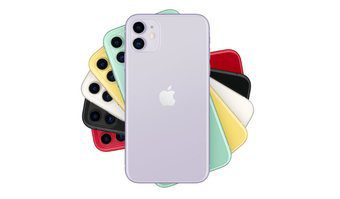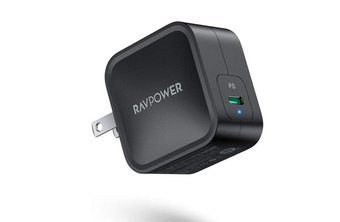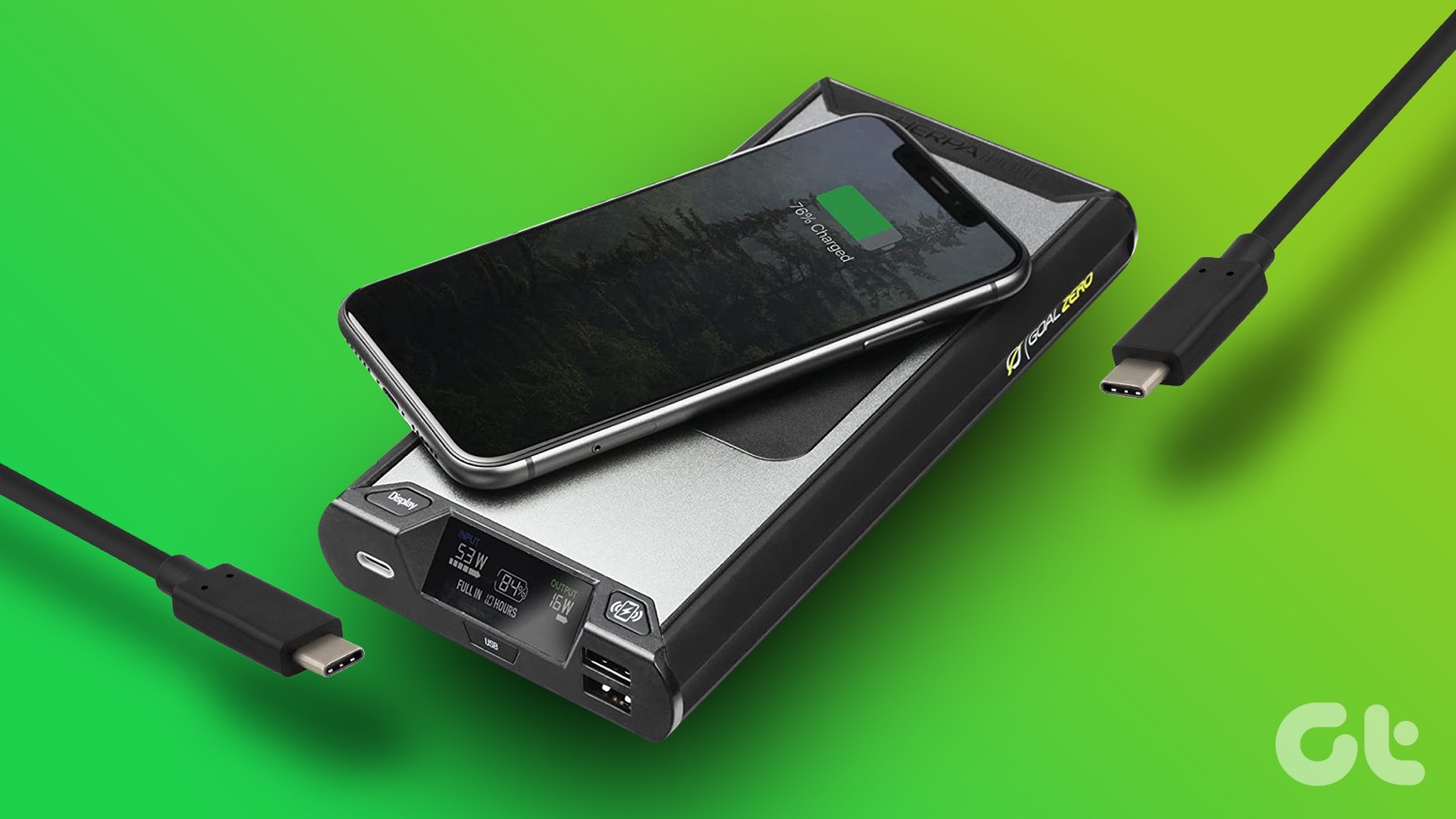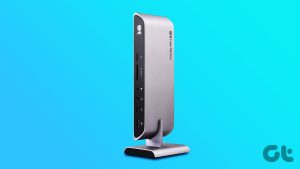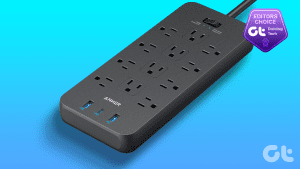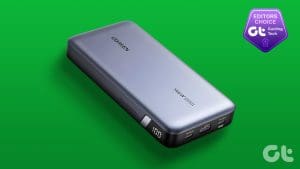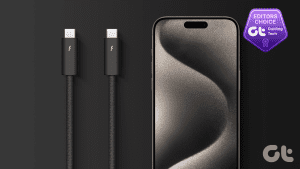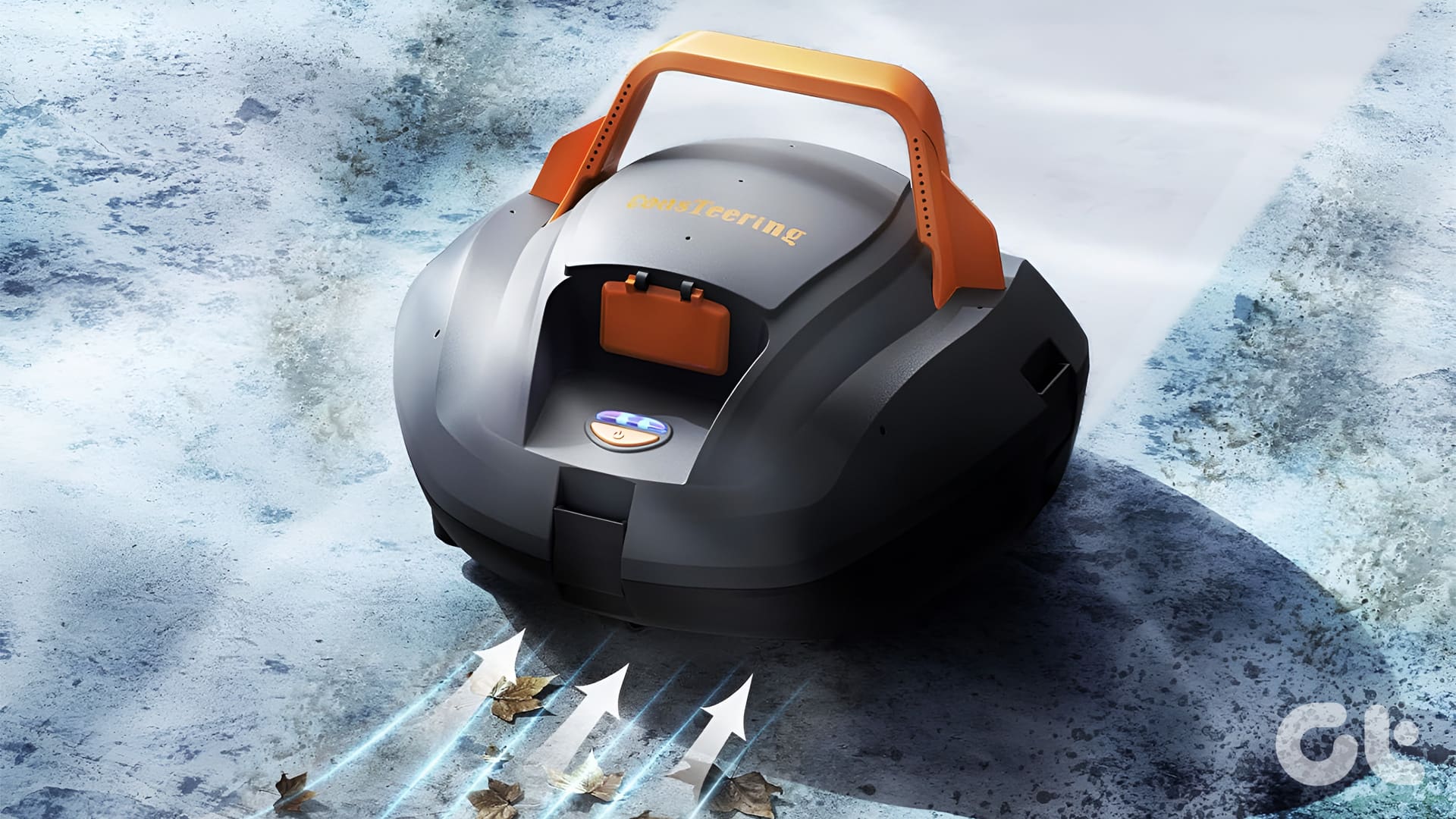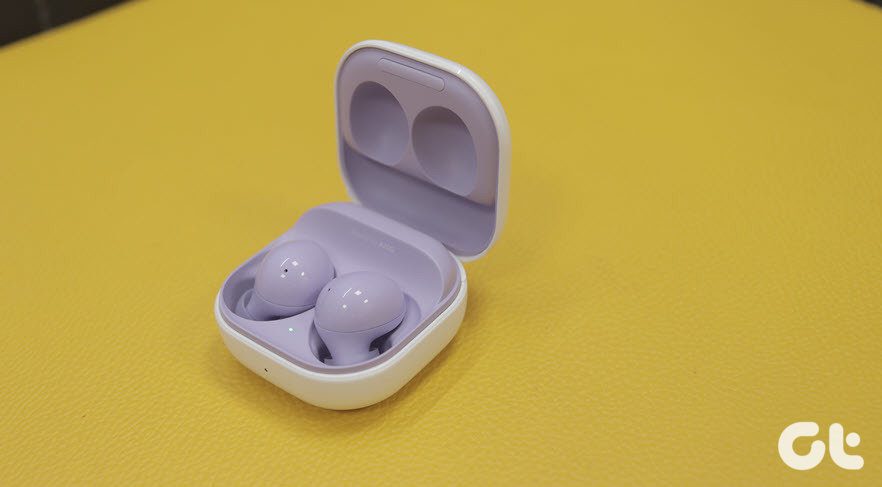It’s 2020, and the smartphone market is buzzing with fast charging standards such as Qualcomm Quick Charge, USB Power Delivery, Samsung Adaptive Fast Charge, and OnePlus Warp Charge. Apart from the first two, the rest are proprietary charging standards and are limited to particular brands. Unlike these two, Quick Charge and USB Power Delivery are not just limited to brands. Instead, these two charging techs are universal and are available on several smartphones and tablets, be it the humble Redmi Note 9 Pro or the iPhone 11 Pro Max.

Hence, this brings us to an important question. Are USB Power Delivery and Qualcomm Quick Charge the same? If not, what are the differences between these two charging technologies, and what advantages do they bring to the table?
That’s what we shall explore more about USB Power Delivery and Qualcomm’s Quick Charge to know the difference and which one would keep your gadgets future-proof.
As it will be a long post, let’s get going.
But before we do, check these out:
- Looking for USB‑C cables? Here are the best Power Delivery cables
- Fasten your charging speed with these Power Delivery compatible chargers
What Is Fast Charging and How Does the Two Standard Differ
Before we get into the intricacies of the said tech, let’s first talk about Fast Charging.
Typically a smartphone comes with 7.5W charger. Fast charging tech works by upping the wattage, thereby increasing the charging speed. So any smartphone supplying more than 9W (5V x 1.8A) can be deemed as fast charging.
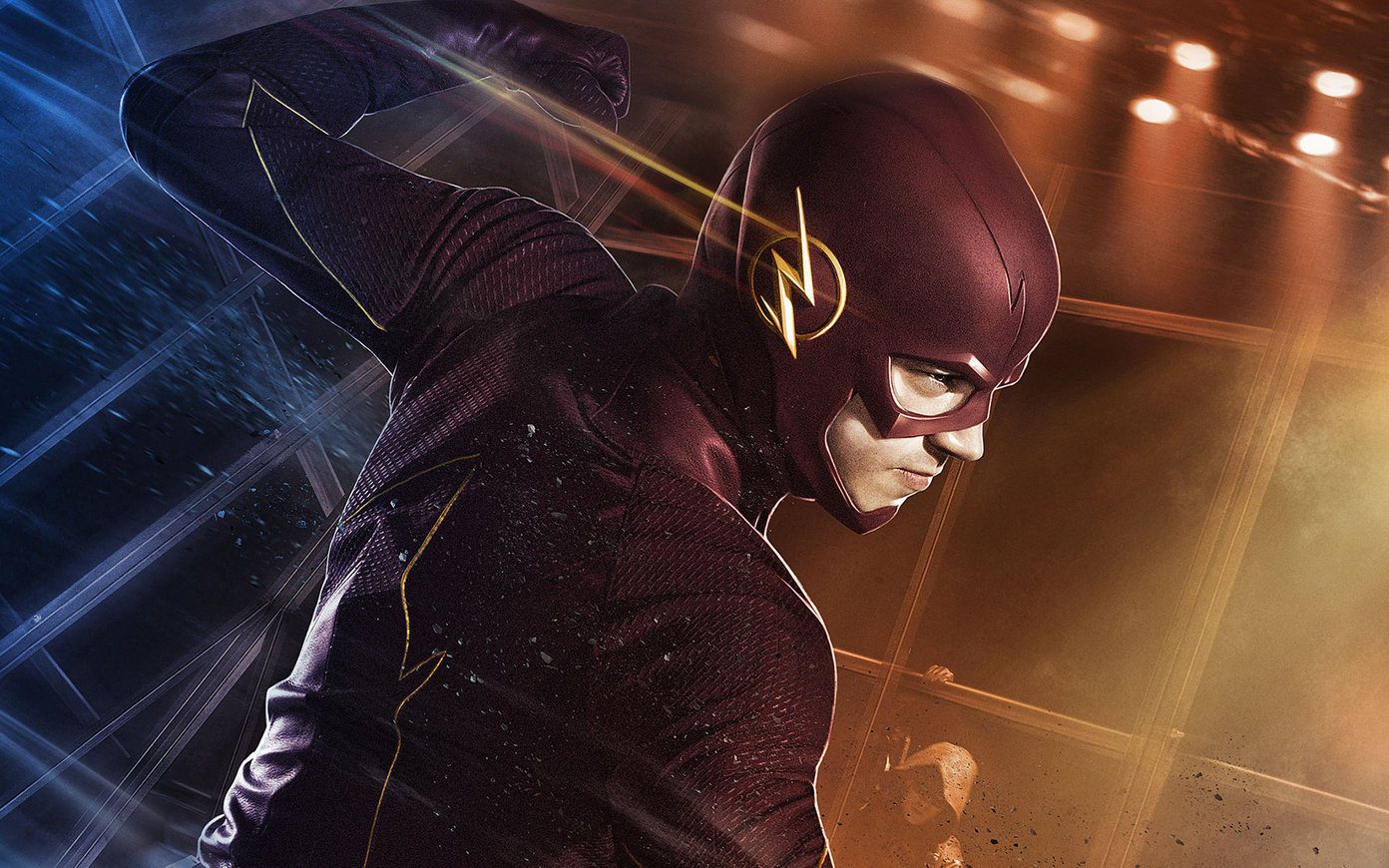
As you may have already guessed, both the standards supply wattage greater than the said 9W.
Interestingly, these charging tech focus the charging speed and the overall body temperature during charging and the battery cell efficiency.
What Is Quick Charge
Quick Charging is a proprietary fast charging technique developed by Qualcomm. Released first in 2013, this tech supplied a total wattage of 10V (5V x 2A). However, there have been numerous iterations of the same, with Qualcomm Quick Charge 4+ being the latest one.
So, at what wattage does the Quick Charge compatible power bank or an adapter charge?
For starters, the old standard, Quick Charge 2.0 allows different voltage modes — 5V/2A, 9V/2A, and12V/1.67A. Meanwhile, the Quick Charge 3.0 allows charging between 3.6V to 22V with 200mV dynamic voltage increments.
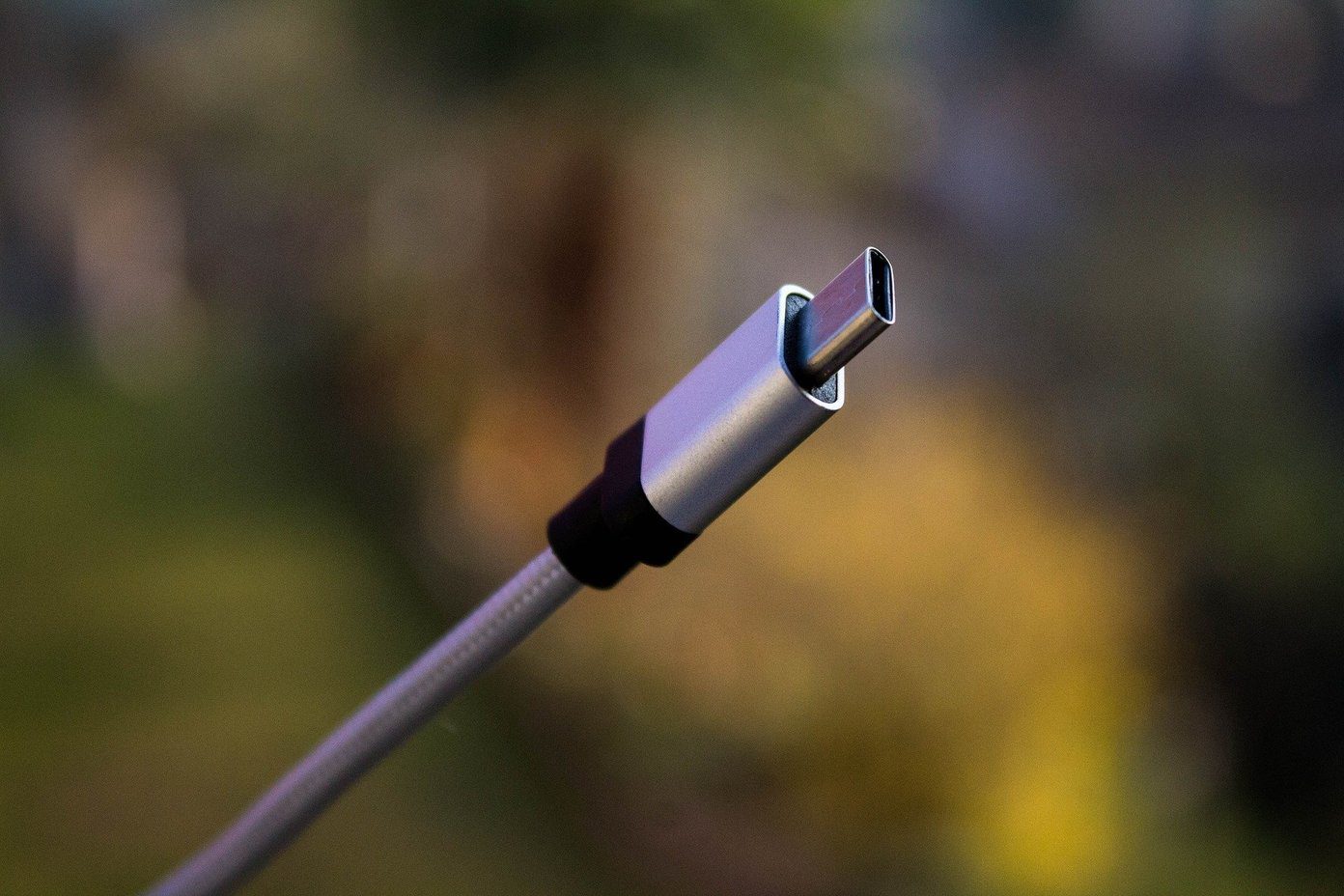
The latter promised a 40% increase in efficiency and also brought home the INOV (Intelligent Negotiation for Optimum Voltage) tech, which smartphones may use to negotiate the amount of power required.
Compared to the above, Quick Charge 4 is 20% faster and 30% more efficient. Being a newer tech, it’s compatible with USB Type-C and USB Power Delivery (USB PD). Interestingly, QC 4.0 went by the tagline of 5 for 5 which translates into 5 hours of battery life with just 5 minutes of charging. Cool, right?
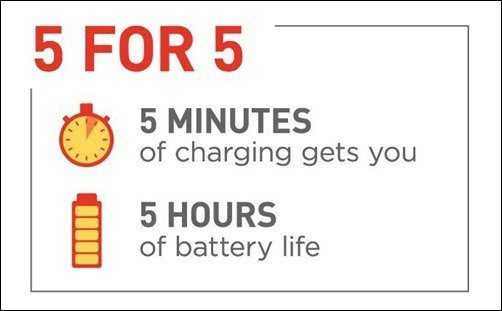
It’s worth noting that Qualcomm Quick Charge is only available in phones that have Qualcomm chipsets under the hood. Thankfully, the compatible devices are backward-compatible with the old charging technique.
What is USB Power Delivery And How is it Different
USB Power Delivery — more commonly known as USB PD, is gradually growing to become a universal standard for several devices with the same charger. It works over a standard USB connection and you don’t need to have a special chip to get it working. Quite naturally, this universal approach gives it a fair bit of advantage as there are compatible cables for iPhone and Android users.
It’s worth noting that USB PD is not just limited to smartphones. They are supported on a wide range of gadgets which include laptops like Chromebooks and tablets like iPad Pro. Also, the universal approach means these compatible gadgets will be able to share cables and charging adapters.

It aims at reducing cables as well as chargers clutter for consumers and also for the gadget makers to bundle a charger with every gadget they sell. The idea is to have one universal charger at home that could charge all your devices.
So, how does this tech work?
Well, the working of USB Power Delivery is quite simple. When you plug in your phone into a compatible Power Delivery charger, the two systems work out a negotiation wherein it’s determined how much power is needed to charge the phone.

The wattage in Power Delivery or PD starts at 7.5W and can go up to 100W. Here, the voltage is variable and starts at 5V and can go as high as 20V. PD 2.0 allows for a wider power negotiation, aptly named Power Rules. For now, the power is split into four categories — 7.5W, >15W, >27W, and >45W.
The maximum voltage of 100W is achieved by combing voltage of 20V and power of 5A.
The best thing is that the plugged-in device will only pull power based on its rating since it is pre-programmed to detect a device’s charging capability and supply power accordingly. Hence you can rule put any damages owing to overheating.
And there’s more to the story. There is no set direction for power flow in Power Delivery, meaning it allows reverse charging. So if you were to hook two compatible phones with each other via a USB-C cable, the phones will be able to charge one another, but at different speeds. That’s the basic idea. Pretty cool, right?
Like its counterpart above, there are quite a few iterations of Power Delivery with PD 3.0 being the latest in the lineup.
Quick Charge 4+ vs. Power Delivery 3.0
As we noted earlier, Quick Charge 4+ is one of the latest iterations of Quick Charge and is present in most smartphones which runs on the Snapdragon 800 series chipset.
Apart from just quickening the charging time, QC 4+ steps up heavily when it comes to reducing the heat footprint. It has three distinct advantages,
- Dual Charge
- Intelligent Thermal Balancing
- Advanced Safety Features
Dual Charge increases the charge time by dividing the current flowing into the device. This is further aided by Intelligent Thermal Balancing which also keeps the temperature in check by moving the current through the coolest path and avoiding the hot spots while charging.

As noted earlier, all these culminate into a cooler body temperature and a 15% faster and 40% more efficient charging.
When it comes to Power Delivery 3.0, they offer the same set of Power Rules as PD 2.0 with improvements in power delivery. In short, the devices can exchange detailed information such as system status, temperature, and so on.
For instance, if the body temperature of the phone or laptop shoots up during charging, the charger will push command to let the gadget will notify you. Of course, along with the charger, you also need to have a USB IF certified cable to make the best of the charger. With the USB PD charger and a certified cable, you should be able to charge gadgets ranging from wireless headphones to laptops.
Which Devices Qualify
Now, comes the most important question — the number of compatible devices. Well, when it comes to Qualcomm Quick Charge 4 and Power Delivery, there are several compatible phones and power banks. We’ll list a few popular options.
1. Apple iPhone 11 (Power Delivery)
Apple iPhone 11
The Apple iPhone 11 Pro brings an exciting array of features to the table. It has a stellar display and well, streaming HDR content is a delightful affair.
2. RAVPower 61W PD 3.0 (Power Delivery)
RAVPower 61W PD 3.0
The RAVPower 61W PD 3.0 is a compatible device that is designed to charge anything from smartphones and USB-C laptops like MacBook Pro and Chromebooks. It’s small and compact doesn’t eat up much real estate.
3. Nekteck USB Type-C Car Charger (Power Delivery)
Nekteck USB Type-C Car Charger
The Nekteck USB Type-C Car Charger brings the power of PD to the car. It bundles a USB-C port and a USB-A port, and also includes a USB IF-Certified Type-C 60W cable.
As Fast as the Flash
So these were some of the basic differences between USB Power Delivery and Qualcomm Quick Charge. While Quick Charge focuses heavily on overall body temperature and fast charging. It is limited only to a few devices like the Xiaomi Mi 8, Xiaomi Mi MIX 3, and Black Shark 2.
Unless you have a compatible device, you need to have a dedicated charger and a phone to get the most out of it.
Power Delivery is the future of smartphone charging. If you have more than one compatible gadget, it makes for less e-waste. And well, it’s fast as the Flash.
Apple iPhone 11
The Apple iPhone 11 Pro brings an exciting array of features to the table. It has a stellar display and well, streaming HDR content is a delightful affair.
RAVPower 61W PD 3.0
The RAVPower 61W PD 3.0 is a compatible device that is designed to charge anything from smartphones and USB-C laptops like MacBook Pro and Chromebooks. It’s small and compact doesn’t eat up much real estate.
Nekteck USB Type-C Car Charger
The Nekteck USB Type-C Car Charger brings the power of PD to the car. It bundles a USB-C port and a USB-A port, and also includes a USB IF-Certified Type-C 60W cable.
Was this helpful?
Last updated on 02 February, 2022
The article above may contain affiliate links which help support Guiding Tech. The content remains unbiased and authentic and will never affect our editorial integrity.

